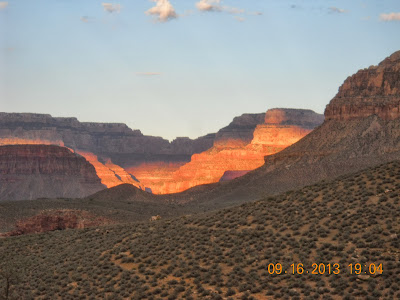CORONAL HOLE: NASA's Solar Dynamics Observatory is monitoring a large coronal hole in the sun's northern hemisphere. Shown here in an extreme ultraviolet photo taken during the early hours of Dec. 11th, the UV-dark chasm overlies more than 500 billion square kilometers of solar terrain:
Coronal holes are places in the sun's atmosphere where the magnetic field opens up and allows solar wind to escape. A broad stream of solar wind flowing from this particular coronal hole should reach Earth on Dec. 15-17.
The last time a solar wind stream blew past Earth, on Dec. 7th, the impact sparked Northern Lights in the United States as far south as Montana and Michigan. A repeat performance could be in the offing. High-latitude sky watchers should be alert for auroras early next week.




















































